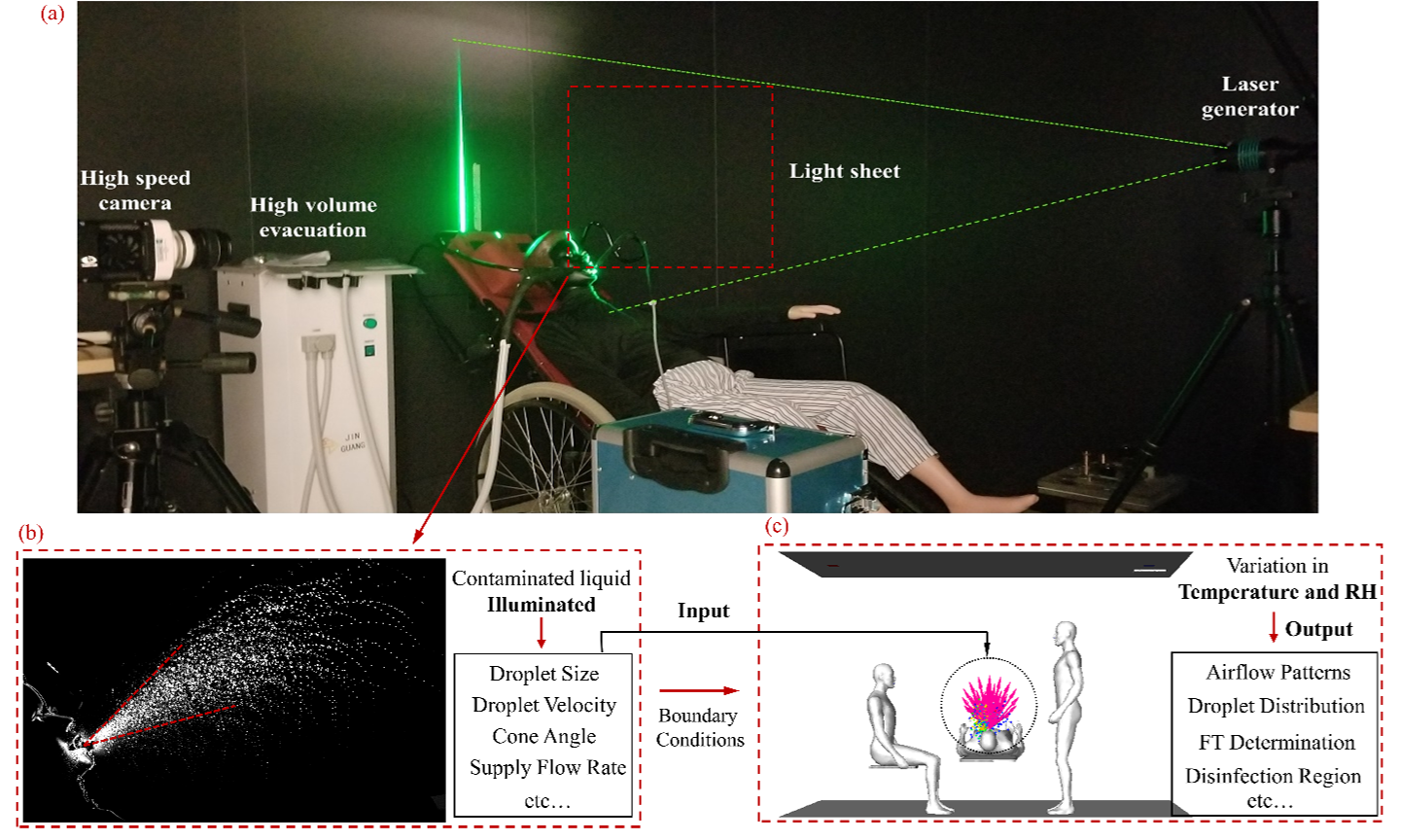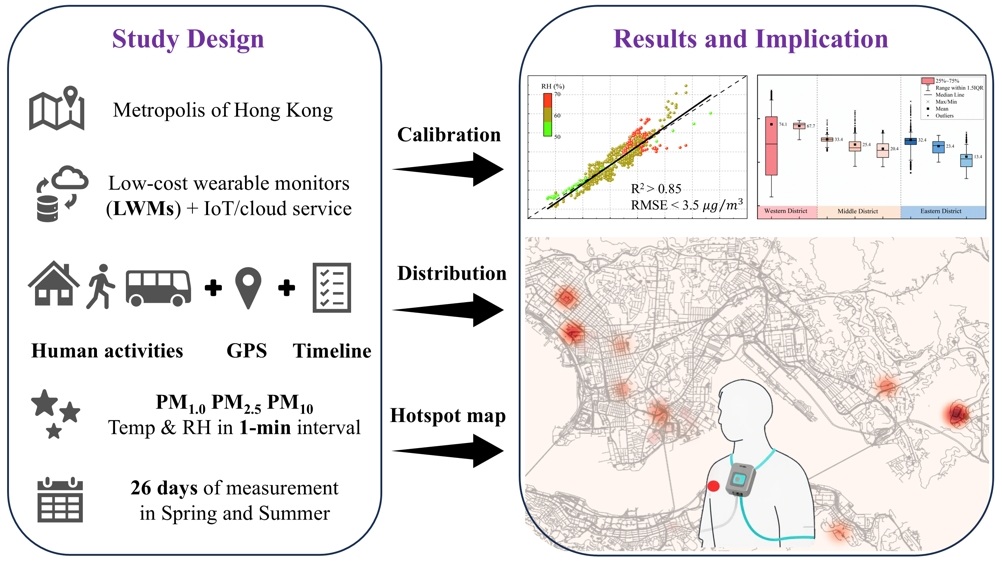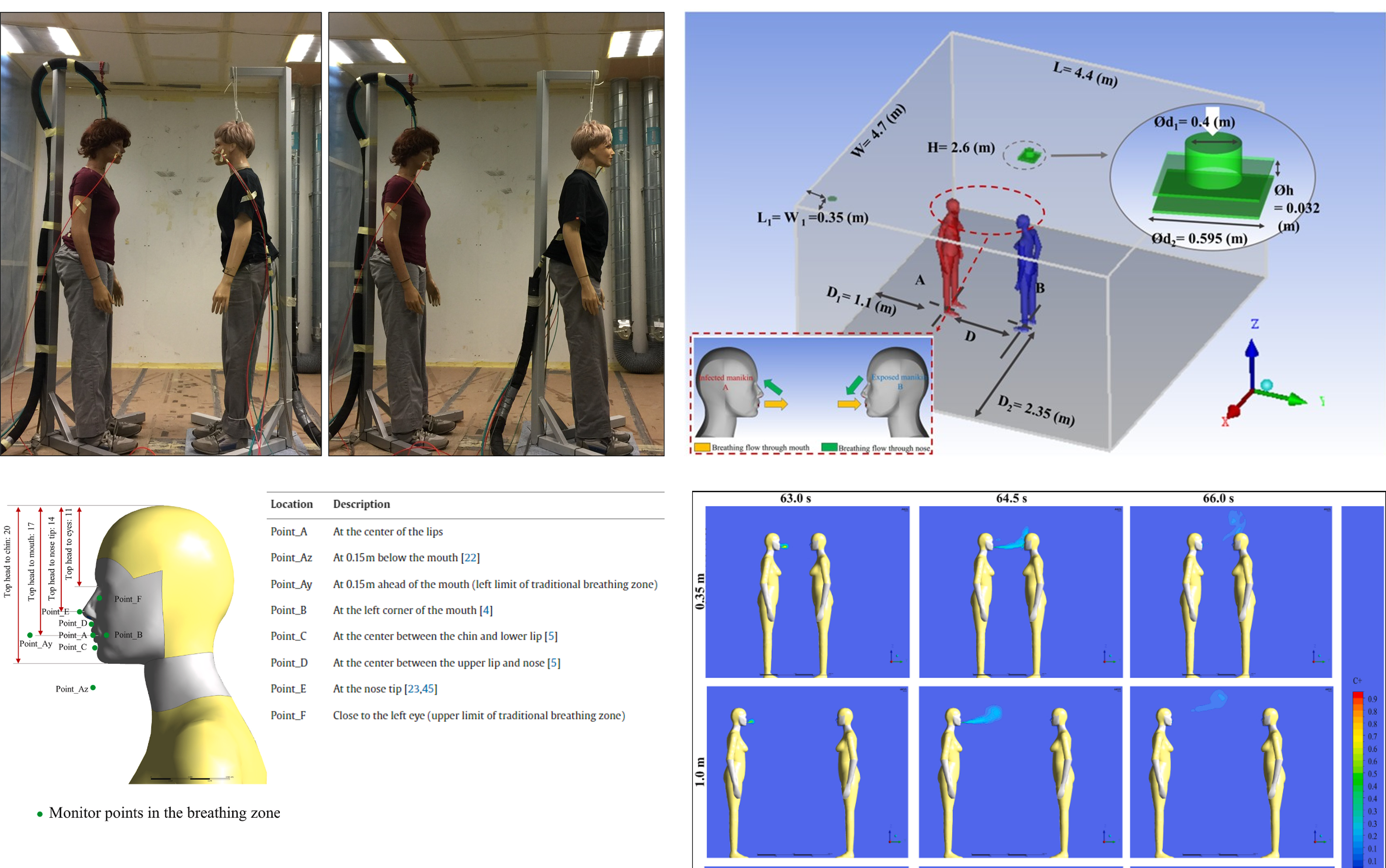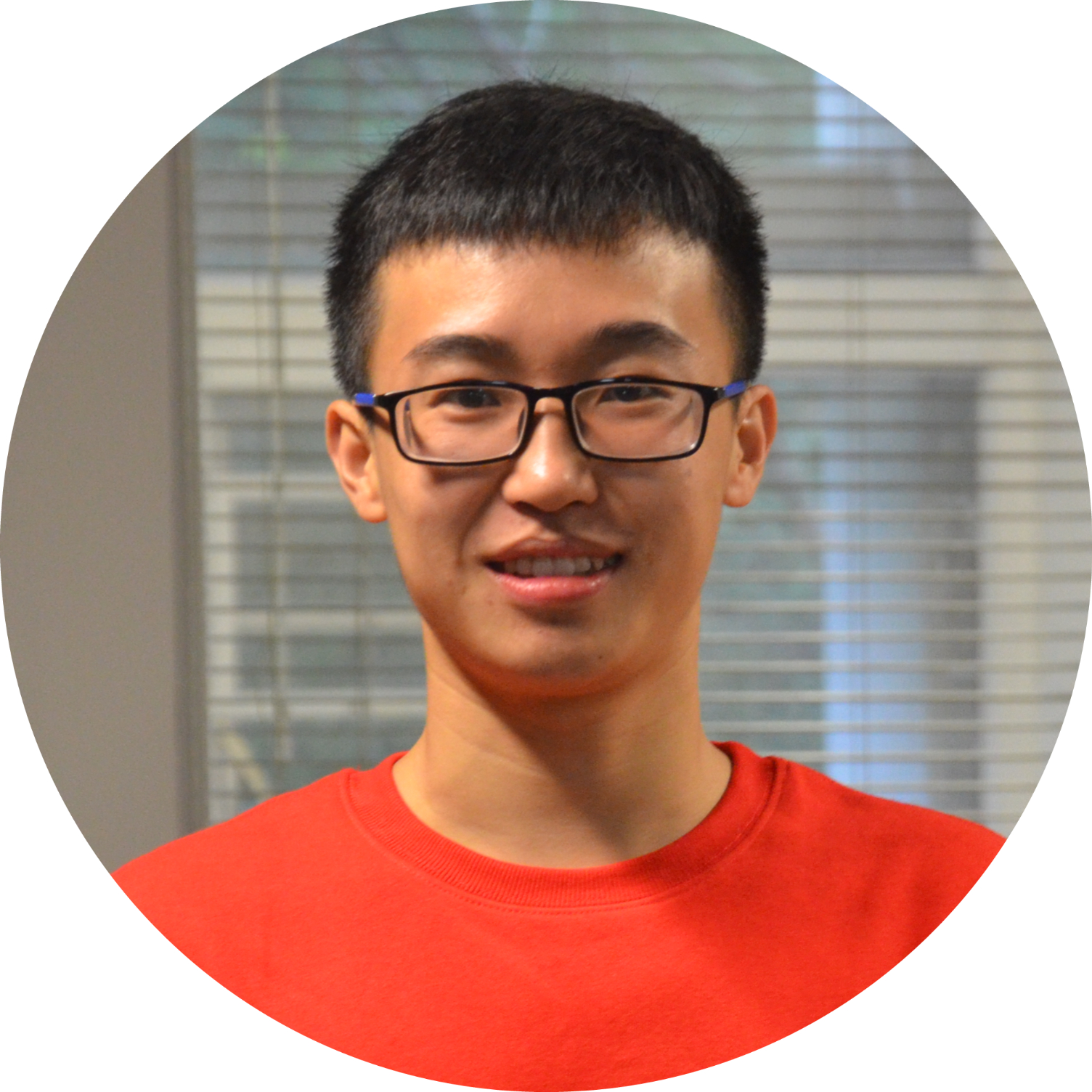Research
My current study is dedicated to airborne transmission, healthcare-associated infection, indoor air quality, wearable sensors, and human thermal comfort etc. The equipment/method combination of low-cost sensors, particle image velocimetry (PIV), and computational fluid dynamics (CFD) can provide new insights into the field of Air and Health .
Experiment chamber | Overlaying image sequence
The initial idea came up during the COVID-19 pandemic when dental patients were in fear and uncertainty regarding the spread of coronavirus disease. By investigating the atomization and transmission mechanisms of dental-contaminated droplets in medical procedures, we can obtain the initial source emission characteristics, and further help to evaluate the performance of various precautionary measures. In addition, to make the story more complete, we also measured the airborne lifetime and escaped rates of suspended particles. From the obtained results, we significantly recommend to institute the Fallow time (FT) between patients' appointments. The FT is dictated when the number of suspended particles drops to the level that the next patient can safely enter after atomization procedures. Now, we are working on more applications to reduce the required FT by considering different evnrionmental conditions and the cooperation of mitigation measures, like the high-volume evacuation and air purifiers.

Low-cost sensors have demonstrated their advances in acquiring hyper-localized data compared to traditional, high-maintenance air quality monitoring stations. The study aims to leverage the mobility of participants equipped with low-cost sensors by comparing their exposure to particulate matter across indoor-home, outdoor-walking, and hybrid-commuting micro-environments. Commuting constituted a small fraction of daily time (4–8%) but contributed a disproportionate impact (11% of individual PM exposure), highlighting the disproportionate impact of transit-related air pollution on individual exposure profiles.

Computational Domain | Cross-infection risks
Computational fluid dynamics (CFD) simulation was performed based on our previous PIV experimental on the atomization mechanism. The impacts of different environmental conditions (Temperature, relative humidity, and ventilation rates) were numerically analyzed using the final fate and proportion of emitted droplets and minimum required FT. In addition, variations in the patient's breathing rate due to dental anxiety have also been considered in the present study. From the obtained results, the variation of the temperature and humidity in the range for human thermal comfort has little influence on the area of the disinfection region 0.15 m^2.nd the cut-off size (72.6 um) of droplet deposition and suspension.

Simulation Scenerio | Airflow interaction
Numerous short-term exposure events in public spaces were reported during the COVID-19 pandemic, and the cross-transmission of the Delta variant of SARS-CoV-2 is reported to occur even in 15 seconds. In the project, we aim to investigate the dynamics of airborne transmission in short-term events when a steady state is not reached before the end of the events. The Field Measurement on Thermal Manikin and Large-eddy simulation (LES) are employed in the present study. The results are quite encouraging, exposure index in short-term events constantly varies over time, especially within the first 1/ACH (air changes per hour) hour of exposure between occupants nearby. Direct airborne transmission is observed with significant randomness, discreteness, localization, and high-risk characteristics. After decoupling analysis of two airborne transmission routes, direct airborne transmission is the predominated route in short-term events. General dilution ventilation has a relatively limited efficiency in mitigating the risk of direct airborne transmission, but determines largely the occurrence time of the indirect one.

Solar Concentration System | Dual axis tracking system
This project aims to design an active daylight harvesting system for building. Both the numerical simulation and field experiment are employed to assess the performance of daylight systems in building energy consumption and thermal comfort. After retrofitting the building using our system, the effective lighting time is more than doubled than before.
